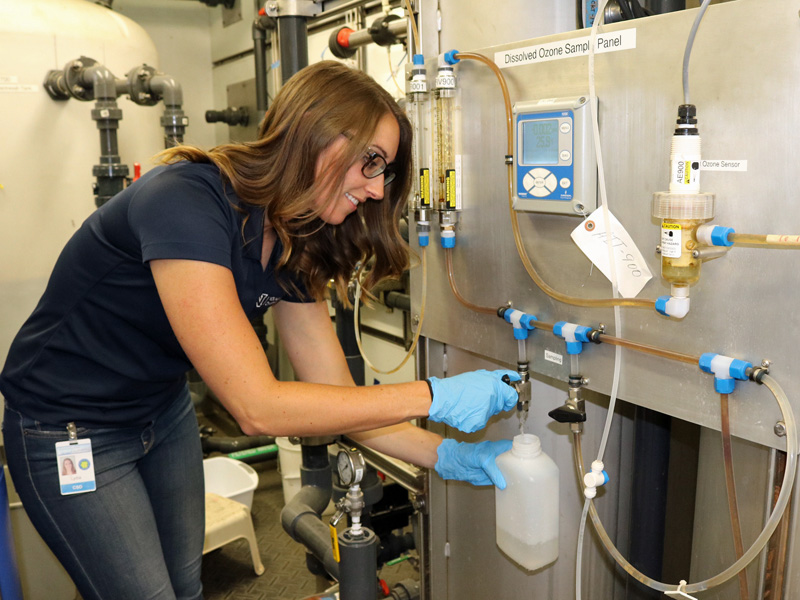
The Nevada Independent, Daniel Rothberg, November 12th, 2020
In April 2015, as the state entered the fourth consecutive year of widespread drought, then-Gov. Brian Sandoval empaneled the Nevada Drought Forum to gather recommendations about how to better manage water. The panel spent that year putting together a long list of policies.
But one recommendation, in particular, captured the attention of water managers in and around the growing Reno area. What if treated wastewater could be recycled, stored and reused? It’s not a new question. Cities across the country, including Las Vegas, treat and reuse their water.
Still, many cities face unique barriers to reusing water. Where do you store the treated water? And in some instances, geography can limit the use of certain types of treatment methods.
For years, water planners in Northern Nevada have looked to solve those barriers. Now with a feasibility study nearing its completion phase, they believe they might have found one solution for reusing water and treating it to high-quality standards, what regulators refer to as A+ water.
“There’s still a lot to do and a lot to determine, cost being one of the big ones,” said John Enloe, the natural resources director for the Truckee Meadows Water Authority, which serves Washoe County, Reno and Sparks. “But based on the positive results, we’re moving ahead at this point.”
The idea behind the plan: Treat water to A+ standards and inject it into a groundwater aquifer, where it can be used in the future under a 2016 regulation that arose from the Drought Forum. The concept is used elsewhere (see Orange County). But the big innovation is in how it’s done.
Water purification is often achieved through “reverse osmosis.” While that’s an effective method, reverse osmosis can create its own waste product: brine. In coastal communities, brine waste is often discharged into the ocean. But inland communities like Reno don’t have that option.
So the feasibility study had to turn to an alternative. Starting in October, water planners set up demonstration trailers in an area near a treatment facility north of downtown Reno. Water from the facility was then sent to the trailers for further purification that relied on a multi-step process.
Instead of reverse osmosis, the demonstration looked to a newer method for water treatment: Using ozonation and biologically-activated carbon to weaken or eat up organic compounds. And it seems to be working. Enloe said the treatment method has already produced high-quality water.
For months, the water authority, which partnered with the city of Reno and the Western Regional Water Commission, has been pumping treated water into the ground, removing it, and testing it.
So far, the results have been positive.
“It’s reassuring when you’re seeing concentrations at the front of the treatment train, and they’re not even detectable at the end,” said Lydia Peri, who has helped lead the project, known as the OneWater Nevada Initiative, as the water authority’s emerging resources program administrator.
Peri’s work recently earned recognition from the Water Environment Federation.
Scaling it up: The next step is less a question of treatment technology than it is of funding and seeking the support of local governments. The goal, Enloe said, is a large-scale demonstration project for the public and state regulators with the Nevada Division of Environmental Protection.
“The technology is there,” he said.
Earlier this month, the Reno City Council gave its unanimous approval for a planning study that would look at the costs and benefits of a larger-scale project. In such a demonstration, the water would initially be used for irrigation and could later serve potable uses, potentially reducing use on the Truckee River and diversifying a water supply made more uncertain by climate change.
